Skip the traditional tree this Christmas. Use a potted one instead.
Not only do they avoid the disadvantages of cut conifers, but many of these Tannenbaums can work well in smaller living spaces.
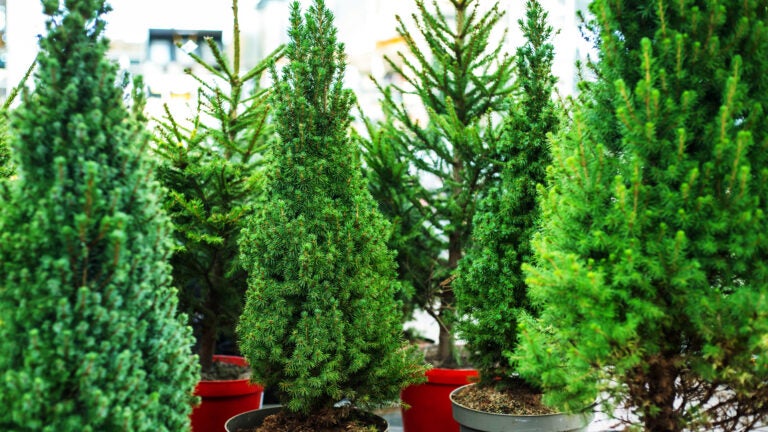
The joy of a cut Christmas tree is fleeting. All the festive fun is front-loaded: picking out the perfect specimen, bedazzling its boughs with lights and meaningful ornaments, and gathering around it to sing carols and sip eggnog. Then come all the grinchy downsides: the inevitable browning and dropping of countless needles, the begrudging haul to the curb (leaving another trail of needles) and, finally, the guilt of knowing it likely will end up in a landfill – or being mulched by an eco-unfriendly woodchipper run by fossil fuel.
This year, consider rethinking the Yule tradition by opting for a young potted tree instead. Not only do they avoid the disadvantages of cut conifers, but many of these Tannenbaums — ranging from tabletop-sized to seven feet tall — can work well in smaller living spaces. And after Santa has visited, they can be planted outside to extend (hopefully) fond memories of the holidays. All it takes is a smidgen of planning, a touch of maintenance, a well-executed exit plan and the right tree.
1. Put it in the right place
Potted trees can be heavy. You don’t want to throw your back out and spend the holidays recuperating, so consider getting a helper or a dolly. Avoid placing the tree near a fireplace, radiator or vent, as the heat will dry it out and potentially damage it, says Vicky Tate, owner of Lime Cross Nursery, a conifer nursery in Herstmonceux, England. It’s not necessary to position your Yule tree near a window, because it will be inside for a relatively short period and won’t need light. To bolster its spirited sensibility, consider replanting it in a celebratory pot or draping a holiday-themed tree skirt over its original container.
2. Care for it properly
“Place the pot in a water tray and make sure to water it every few days,” says Tate, who also reminds folks to beware of pets. Humans see a festive potted plant, but cats may see a beautifully decorated toilet. To stop Whiskers from leaving an early Christmas gift, thoroughly cover the soil’s surface with a two-inch layer of pebbles.
To ensure the long-term health of the tree, display it inside for no more than 10 days. “If you leave it in the home too long, it comes out of dormancy and starts growing, which is tough on the tree when you move it outside,” says Aaron Steil, consumer horticulture extension specialist for Iowa State University Extension and Outreach.
3. Move it outdoors
Thinking ahead is key for transitioning a potted tree from indoors to outdoors during the winter. Before the ground freezes, choose a planting site, dig a hole and cover the opening to ensure no one falls in and it doesn’t fill with snow (or anything else). When Christmas is in the rearview mirror, place the tree in an unheated garage, on a covered porch or in a well-sheltered outdoor area, allowing it to acclimate to the cold without getting damaged or killed by the temperature shock. After a week or so, place it in the hole, still in its pot. In the spring, when the ground thaws, remove the tree from the pot, cover its roots in a mixture of dirt and compost, add a light layer of mulch and water it.
4. Some tree options
These five trees will brighten your home this holiday season — and enliven your yard for many Christmases to come.
Dwarf Alberta spruce. With a classic, conical shape and dark green hue, these tabletop trees have big Christmas vibes. Their wonderfully scented, densely packed fine needles give the tree a charmingly fuzzy appearance but make it less than ideal for hanging ornaments. Instead, Steil recommends decorating it by draping it with lights, garland or stringed popcorn.
Hinoki cypress. Available in green, blue and golden shades, these roughly pyramid-shaped evergreens are popular in Japanese gardens. “Depending on how it was raised, it may be able to handle ornaments, but definitely lights, garlands and tinsel,” says Ted Hildebrant, owner of Coldwater Pond Nursery in Phelps, N.Y., and a regional director for the American Conifer Society.
Norfolk Island pine. This not-actually-a-pine (it’s technically related to the monkey puzzle tree) with short, inward curving needles is often exclusively an indoor plant, so it can be used year after year, though it also can be planted outside in warmer climes. “It has a unique branching architecture with nice spacing that makes hanging ornaments on it very easy,” says Steil.
Oriental spruce. Hildebrant loves this tree because its formal pyramid shape and the branching structure of the boughs are perfect for holding lights and ornaments. You can even pop an angel at its peak because it has what Hildebrant refers to as a “straight terminal leader” and the rest of us call a “pointy stick at the top.”
Fraser fir. Millions of these coniferous evergreens are cut down every year to be used as Christmas trees or transformed into garlands and wreaths. But plenty of shorter, potted ones are available as well. Steil appreciates their pyramidal shape as well as their sturdy branches, which can bear the weight of decorations.
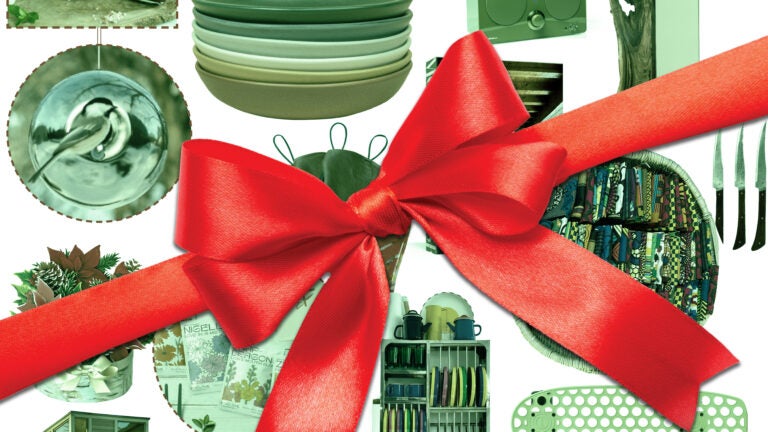
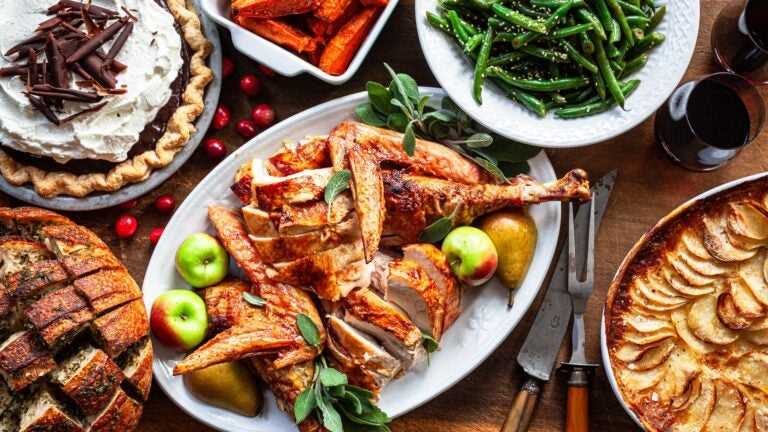






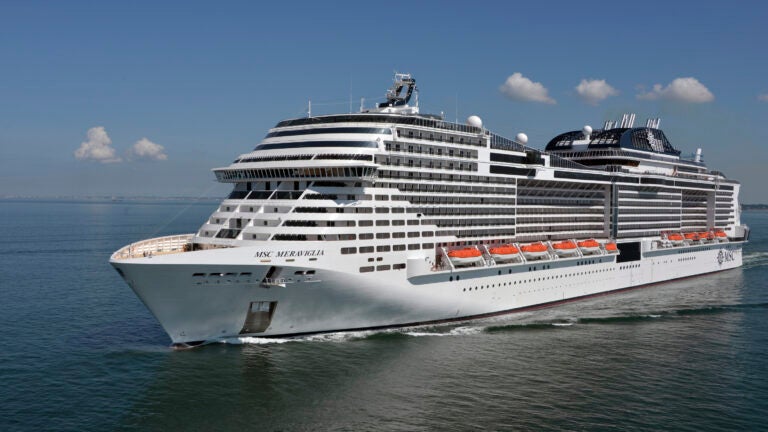
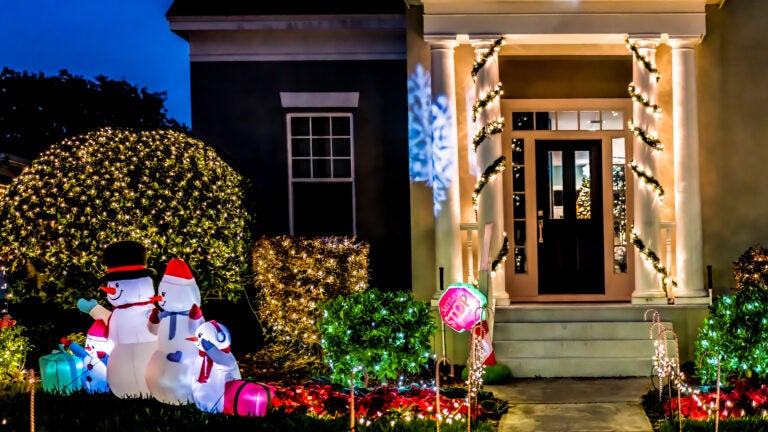
Conversation
This discussion has ended. Please join elsewhere on Boston.com